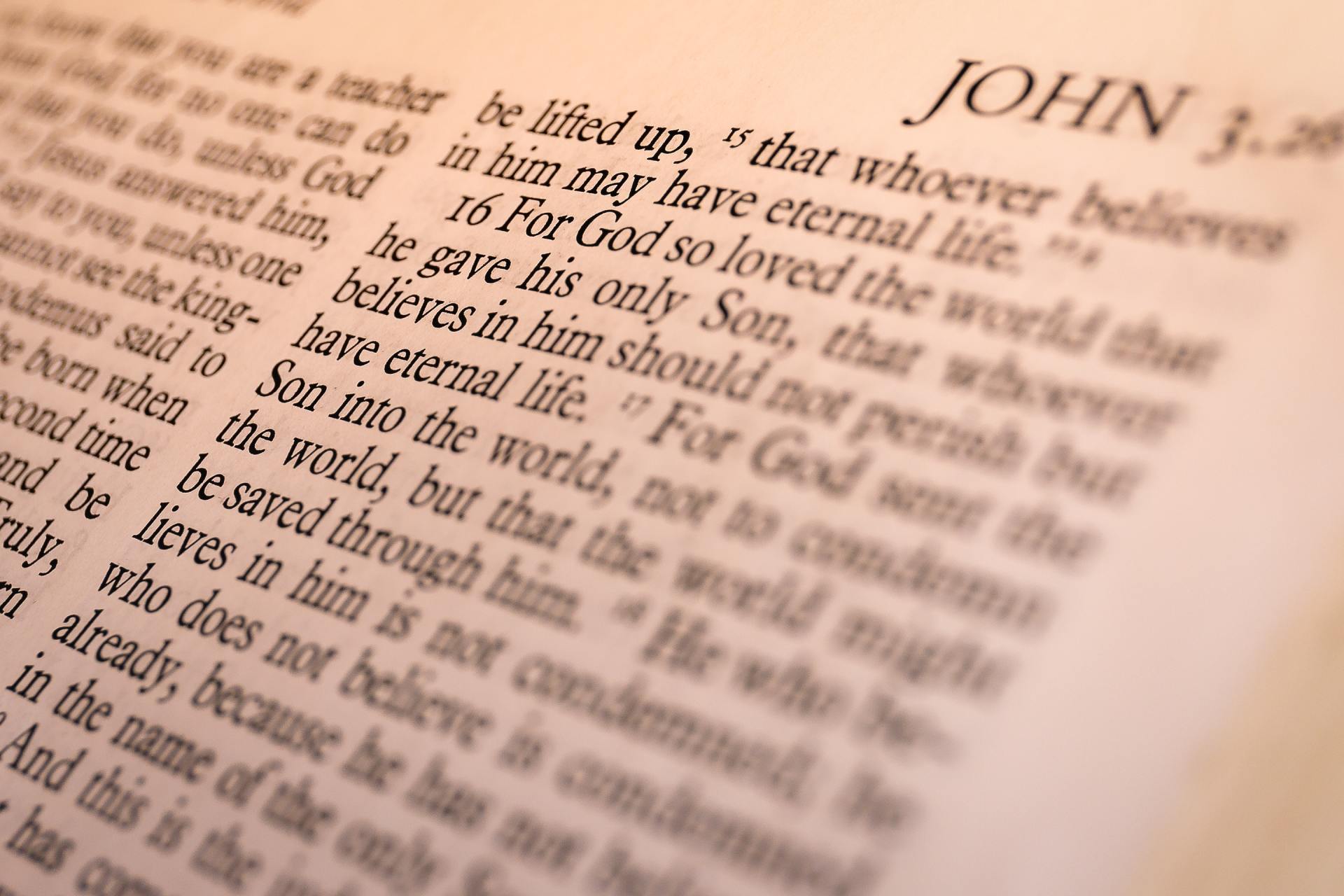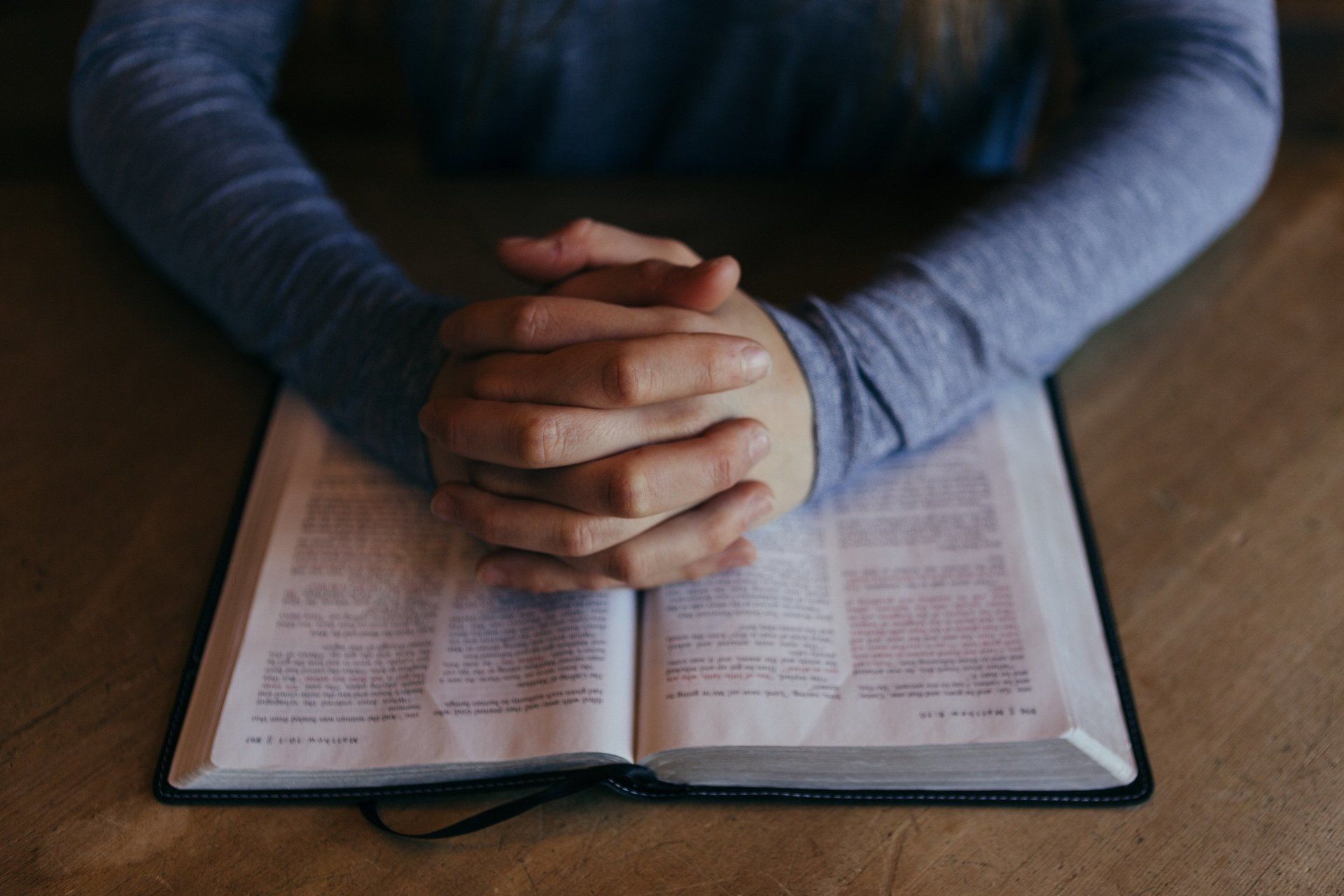St. Philip Catholic Church • Iglesia de San Felipe
St. Mary of Guadalupe Mission
Emergency Action Plan
EMERGENCY ACTION PLAN – PURPOSE
The purpose of this document is to provide general guidelines for responding to emergency incidents which may occur in church facilities or on church property. Congregants and church staff should always remain vigilant for potential security/safety issues. Because each emergency situation involves unique circumstances, these guidelines provide general guidance only. Thoughtful actions based on situation assessment are always required when responding to an emergency. The Emergency Action Plan should be reviewed and up-dated annually or as an after-action item following any emergency incident of significance.
GENERAL SECURITY PRECAUTIONS
- During services consider limiting the number of doors open for public access. Fire codes require that people always be able to evacuate in an emergency.
- Position a greeter outside the facility prior to services to monitor arrivals, welcome parishioners/visitors and act as a visual deterrent to potential criminal activity.
- Consider locking some or all exterior doors during church services.
- Consider having a means of communication between Incident Response Team members.
- Position cameras to monitor the outside of the building, parking lot and church entrances during services as well as after hours.
- Main access doors should be monitored throughout the service to prevent unwanted entry.
REPORTING EMERGENCIES (General)
- Summon emergency assistance - CALL 911 - Be prepared to provide the following information:
- Your name and location.
- Phone number from where the call is being made.
- Location of the emergency, including full address.
- Type of emergency: Medical, Fire, Hazardous Material Spill, Criminal Act, Bomb Threat.
- Other important Information: Number and condition of victims, Location and extent of situation, hazard, fire, etc.
- Additional: DO NOT HANG UP until advised by 911. Station someone to direct Emergency Response personnel to the scene of the emergency.
MEDICAL EMERGENCY RESPONSE PLAN
Call 911 to activate Emergency Medical Service (EMS) for all Medical Emergencies. If you are unsure of the severity of the medical emergency, call 911. Remain on the line with 911 until directed to hang up. Direct someone present to await EMS arrival and lead responders to the patient.
REMAIN CALM – assess the patient – if a health care professional is present, ask them to assist.
- If the patient is conscious and alert –
reassure the patient and advise that EMS has been summoned. Try to ascertain the nature of the medical issue and any recent health concerns. This information will be important to relay to EMS. Do not move the patient unless necessary to administer emergency aid or remove patient to a place of safety.
- If the patient is unresponsive –
check for breathing (airway) and heart beat pulse (circulation) if absent, begin CPR (if trained) administer an AED shock (if trained) as appropriate and recheck patient. Continue CPR/patient monitoring until relieved by EMS.
- If the patient has physical trauma -
check for bleeding, use caution, patient movement may create additional injury. Try to keep the patient calm until EMS arrival.
- Minor, non-significant injuries – treat with basic first aid.
Medical Equipment and First Aid Kits should be checked annually and restocked if necessary. AED’s should be checked annually.
TRESPASSER RESPONSE GUIDE
Washington State law defines a trespassing as “entering or remaining unlawfully in or upon the premises of another.”
Non-Threatening Trespasser –
Individual that appears to be loitering and/or not actively participating in a church function and/or occupying an unusual area of the facility and/or asking for assistance or money.
- Attempt to evaluate the individual’s intention and approach with caution.
- (if appropriate) Invite the individual to participate in the church activity.
- If conversation is warranted, direct the individual outside or to a secure location.
- Do not offer cash or make promises of assistance.
Threatening Trespasser –
Individual that has made threats against anyone present or has demanded money or assistance or appears to be under the influence of narcotics or alcohol and/or is disruptive to church proceedings or activity.
- Call 911 and advise of situation.
- Elicit assistance; do not attempt to address the individual by yourself.
- Attempt to guide the individual outside or to a secure location.
- Avoid physical contact with the individual if possible.
- Do not offer cash or make promises of assistance.
- Continue to monitor individual, advise 911 if individual becomes more agitated.
MISSING CHILD OR VULNERABLE ADULT RESPONSE GUIDE
In the event of a reported missing child or vulnerable adult consider assigning volunteers to all exits to contain the missing individual within the facility. Consider summoning law enforcement (911) immediately. The sooner authorities are able to mobilize search assets the quicker the missing person may be located. A response is easily cancelled if the subject is located before their arrival.
Volunteers should conduct a thorough search of all rooms, restrooms and closets. Small children will often fall asleep under furniture, in empty boxes or under coatracks, etc. Adults with cognitive disabilities may have mistakenly entered the wrong vehicle or entered an out building or a neighbor’s backyard.
Attempt to gather information about the missing person from the reporting party. These details will be important for responding authorities.
- Name
- Age
- Gender
- How long missing
- Place last seen
- Complete description of missing person and clothing
- Any extenuating circumstances such as child custody issues, possible dementia or diminished capacity.
CIVIL PROTEST RESPONSE GUIDE
In the event of an organized protest, demonstration or picketing on or near church grounds the safety of parishioners and church staff should be of primary concern. Peaceful assembly and open expressions of protest on public property such as city sidewalks are lawful under the United States and Washington State constitutions. Church property is not public property. Protestors may not legally block access or egress to church grounds or disrupt church proceedings. Confrontations with protesters should be avoided. If crowds become menacing secure the church and shelter in place until authorities arrive. Law enforcement should be alerted by calling 911.
ACTIVE SHOOTER/THREAT RESPONSE GUIDE
An active shooter is an individual actively engaged in killing or attempting to kill people in a confined space or other populated area. In most cases, active shooters use firearms and there is no pattern or method to their selection of victims. Violent attacks can involve any type of weapon, knives, blunt objects or physical force used to inflict injury.
Active shooter situations are unpredictable and evolve quickly. Typically, the immediate deployment of law enforcement is required to stop the shooting and mitigate harm to victims. Active shooters usually will continue to move throughout the building or area until stopped by law enforcement, suicide, or other intervention.
When confronted with an Active Shooter incident, remain calm but act quickly, lock and barricade doors to deny access to the shooter, evacuate to a safe area and contact 911 as soon as possible. U.S. Department of Homeland Security Active Shooter protocols recommend Run, Hide Fight.
- Run -
If there is an accessible escape path, attempt to evacuate the premises.
- Hide - If evacuation is not possible, find a place to hide where the active shooter is less likely to find you.
- Fight - As a last resort, and only when your life is in imminent danger, attempt to disrupt and/or incapacitate the active shooter.
Additional Security Precautions/Considerations
- Limit the number of entrances available for public access. Fire codes require that people be able to exit in the event of an emergency.
- Consider locking doors during worship services to prevent outside access.
- Main access doors should be monitored throughout the service should there is a need to prevent someone from entering.
- Consider stationing a greeter outside the facility.
- A means of two-way communications between outside and inside facilitators.
- Install camera systems outside the facility and at entrances.
- More detailed information on Active Shooter Preparedness can be found on the Homeland Security web-site.
FIRE PREVENTION AND EVACUATION PLANNING
Preparation and Prevention
- Parishioners and staff should know the location of the nearest exit and an alternate exit if the nearest is blocked.
- Know the location of Fire Alarm Pull Stations and Fire Extinguishers for each facility.
- Fire alarms and smoke detectors are tested annually. Fire extinguishers, exit signs and exit evacuation egress avenues are checked monthly. Monthly checks are noted in a log book.
- Fire alarm drills may be scheduled as appropriate.
Fire or explosion emergency response guide
- In the event of a fire or obvious smoke, immediately pull the nearest fire alarm to evacuate the facility. If in doubt, err on the side of caution and active the alarm.
- If a fire alarm is activated, do not wait to see if it might be a false alarm – immediately exit the building via the nearest exit. If the area affected by the emergency is between you and the nearest exit, look for another exit in the opposite direction.
- If someone needs assistance in getting out of the building, assist in their evacuation to a place of safety and notify rescue personnel of their location.
- Evacuated persons should proceed to the pre-designated evacuation assembly location.
- A designated “last one out” volunteer should ensure that no one remains in the facility.
- Do not re-enter the building until the “All Clear” has been given.
In the event of fire or smoke, remember R.A.C.E.
- R-Rescue
persons in immediate danger if you can do so safely.
- A-Activate
fire alarms by pulling the nearest fire alarm pull station.
- C-Contain
fire and smoke by closing as many doors to the fire area as possible.
- E-Evacuate immediately all persons to the outside evacuation assembly area.
Attempt to extinguish with a portable fire extinguisher ONLY if:
- The evacuation has already begun.
- 911 has been notified and emergency services are enroute.
- You do not put yourself or anyone else in danger.
- The fire is very small and contained.
To operate a fire extinguisher - Remember P.A.S.S.
- Pull the pin.
- Aim at the base of the fire.
- Squeeze the trigger.
- Sweep the extinguisher across the base of the fire.
FACILITY UTILITIES FAILURE GUIDE
For facility utility failure issues involving natural gas, electrical, water or heating; depending on the severity of the situation contact emergency services (911) or consult the emergency contact list.
HAZARDOUS MATERIALS SPILL RESPONSE GUIDE
Cleaning supplies and other necessary chemical components may be present in or on church facilities or grounds that may require a Safety Data Sheet (SDS) listing potential hazardous chemicals in accordance with Washington Administrative Code 296-901-14014. Additional information is available through the Washington State Department of Labor and Industries. Safety Standards for Hazard Communications.
Generally, small spills of common household products may be wiped up using paper towels while wearing proper (PPE) personal protective equipment. Large scale spills may require use of a Hazardous Materials Response Team. Call 911 to report large hazardous materials spills, evacuate all persons in the area of the spill to a safe distance and maintain area containment until the arrival of Fire/Rescue Haz-Mat Teams.
EARTHQUAKE RESPONSE GUIDE
Earthquakes may last only a few seconds or may continue for up to several minutes. They can occur at any time of the day or night and at any time of the year. They are caused by stress that builds up over time as blocks of crust attempt to move but are held in place by friction along a fault. When the pressure to move becomes stronger than the friction holding them together, adjoining blocks of crust can suddenly slip, rupturing the fault and creating an earthquake.
Department of Homeland Security - FEMA Earthquake Survival Recommendations:
DROP to your hands and knees. COVER your head and neck with your arms. This position protects you from falling and provides some protection for vital organs. Because moving can put you in danger from the debris in your path, only move if you need to get away from the danger of falling objects. If you can move safely, crawl for additional cover under a sturdy desk or table. If there is low furniture, or an interior wall or corner nearby and the path is clear, these may also provide some additional cover. Stay away from glass, windows, outside doors and walls, and anything that could fall, such as lighting fixtures or furniture. HOLD ON to any sturdy shelter until the shaking stops. DO NOT run outside! STAY where you are until the shaking stops. DO NOT get in a doorway as this does not provide protection.
When the shaking stops, before you move, look around for things that might fall or for dangerous debris on the ground. If you are in a damaged building and there is a safe way out through the debris, leave and go to an open space outside, away from damaged areas. If you are trapped, do not move about or kick up dust. If you have a cell phone with you, use it to call or text for help. Tap on a pipe or wall or use a whistle, if you have one, so that rescuers can locate you.
More information on what to do during an earthquake is available at Ready.Gov FEMA.
BOMB THREAT RESPONSE GUIDE
Bomb threats or suspicious items should always be taken seriously. How quickly and safely you react to a bomb threat could save lives. Bomb threats are most commonly received via phone, but are also made in person, via email, written note, or other means. Every bomb threat is unique and should be handled in the context of the facility or environment in which it occurs. Bomb Threat Procedures/Checklist
Remain calm and notify the authorities (911) as soon as possible.
For threats made via phone:
- Keep the caller on the line as long as possible. Be polite and show interest to keep them talking.
- DO NOT HANG UP, even if the caller does.
- If possible, signal or pass a note to other staff to listen and help notify authorities.
- Write down as much information as possible—caller ID number, exact wording of threat, type of voice or behavior, etc.—that will aid investigators.
- Record the call, if possible.
Attempt to obtain the following information from the caller.
- Where is the bomb?
- When is the bomb going to explode?
- What does the bomb or container look like?
- What will cause the bomb to explode?
- Did you place the bomb?
- Why did you place the bomb?
- What is your name?
- What is your address?
- Notate exact words as accurately as possible.
- Record time of call.
- Listen for identifiers:
- Estimate age of caller;
- Gender of caller;
- Listen for speech patterns or accents;
- Listen for background sounds.
- Immediately after hanging up from the call, lift the receiver and press *57 to activate Call Trace and follow the recorded instructions.
Incident Response Teams
An Incident response team may be created to respond to emergency situations. A team is generally composed of specific members designated before an incident occurs.
Incident Response Team Members responsibilities: Routine
- Maintain Situational Awareness.
- Evaluate and address potential threats.
- Know the physical address of the parish.
- Maintain required safety equipment in operable status.
- Understand the components of the Emergency Action Plan.
Incident Response Team Members responsibilities: Emergency
- Be prepared to immediately respond to critical incidents.
- Summon and guide emergency services to the incident scene.
- Ensure the physical safety of parishioners, staff and visitors.
- Provide initial assistance to affected individuals.
- Direct persons to designated evacuation assembly areas.
- Mitigate injury and damage during emergency incidents.
Emergency Numbers
FOR ALL EMERGENCIES CALL 911
Poison Control 800-222-1222
Woodland Fire Dept. non-emergency 360-225-7076
Woodland Police Dept non-emergency 360-225-6965
Kalama Fire Dept non-emergency 360-673-2222
Kalama Police Dept non-emergency 360-673-2165
Ridgefield Fire Dept non-emergency 360-887-1684
Ridgefield Police Dept non-emergency 360-887-3556
Clark County PUD 360-992-3000
Cowlitz County PUD 360-423-2210
(Woodland/Kalama) Cascade Natural Gas 888-522-1130, Press 1
(Ridgefield) NW Natural Gas 800-422-4012, Press 1
Physical Addresses:
St. Philip – 430 Bozarth Avenue Woodland, WA 98674
St. Mary – 1520 N. 65th Avenue Ridgefield, WA. 98642
St. Joseph - 136 N. 4th Street Kalama, WA. 98625
St. Joseph Hall – 696 Elm Street Kalama, WA. 98625



